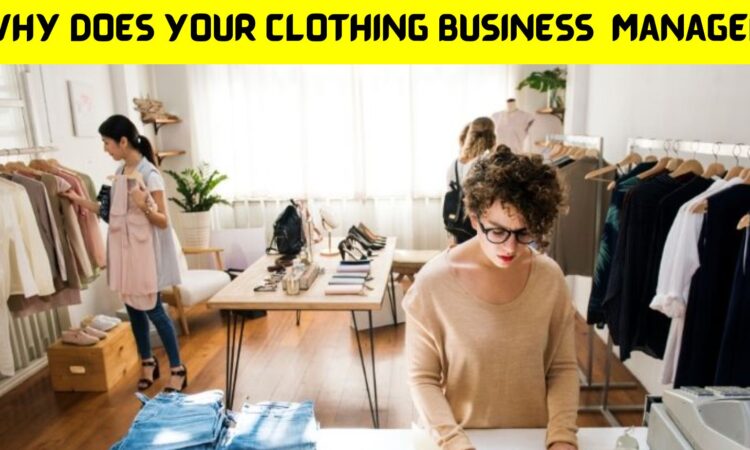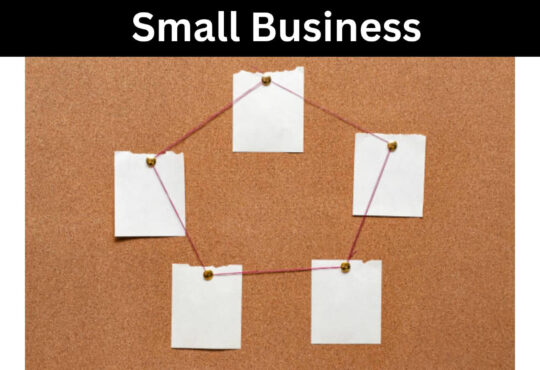
Clothing Business Need a Supply Manager: If you are into the material business then you should read this article to know the importance of a Supply Manager. Read the entire article without avoiding a solitary line.
Supply chain management is essential to the smooth operation and trading of a fashion company. Your time is inestimable as a professional, and we’re here to help. Thus, we’ve set up this basic manual for assist you with better understanding supply chain issues and potential arrangements.
Supply chain management is critical in the garment business because of the extraordinary rivalry and rapid change. A fruitful season and a brand’s ability to rapidly answer recent fads are made feasible by this. Fashion’s short item lifecycles and high client demand need special considerations for a solid supply chain strategy. It also relies upon the tailor made custom clothing manufacturer.
Managing the Supply Chain
Table of Contents
The plan, manufacturing, and appropriation of garments overall are crucial to achieving environmental goals and guaranteeing long haul profitability for a corporation. The fashion business’ ongoing supply chain model isn’t sustainable later on; subsequently private label clothing is being created to address the issues of buyers. Another supply chain paradigm is needed, as are quick arrangements.
Why do you need a supply manager at your clothing company? This article will explain everything. This article portrays how supply management functions and why it is critical for the garment business.
What is needed in a supply chain for fashion?
Conceptualization of Obtaining the materials needed for the undertaking. It takes a progression of steps to get a garment from origination to the rack that we call a fashion supply chain. Coming up next are the most widely recognized stages:
Creating The Packaging Logistics
a storage space
In-store display (virtual or blocks and-mortar)
There are more merchandise and individuals required at each stage of the supply chain. Custom clothing manufacturers, machines, and creation managers are all engaged in the manufacturing system. This is an incredibly tedious and troublesome methodology to manage the supply chain for fashion. Subsequently, it’s not always easy for fashion companies, especially large ones, to get everything done well.
Are there any major issues with how the fashion business manages its supply chain?
The outbreak featured the main issues in the supply chain of the garment business. Examples are transparency, communication, estimating fairness, fair collaborations, and private label clothing. For quite a while, fashion companies lacked extensive information on their supply chains, including where their raw materials came from. A factory is supposed to make up the slack when orders are canceled or decreased, which brings about employment misfortunes and the death toll.
In the absence of a manager to address all of the troubles, coming up next is additional information on the current supply chain issues affecting the fashion business:
Transparency
A company could easily forget about each aspect and individual engaged in the supply chain since it is so intricate in its plan. Understanding the supply chain is more troublesome when such countless parts are re-appropriated. Accordingly, firms have no idea how their things will get to the retail store floor. There is a ton of waste and cash since manufacturers foster things to fulfill time constraints in any event, when the company doesn’t need them.
Communication
During the 1990s, email made many fashion supply chain processes more productive, yet today’s reality demands significantly faster answers while interacting with clients and different stakeholders. The fashion business is also falling behind as far as digitizing operations and using innovation to speed up methods.
Costs ought to be equalized.
It has been excessively since a long time ago companies had the option to pull off offering minimal expense clothing in exchange for high volumes of intermittent purchases. Shoppers have promised to scale back their spending and change how they shop to safeguard the climate. Fashion companies and the remainder of the supply chain will experience because of a decrease in shopper demand. Low costs are at this point not a motivator. All Custom clothing manufacturer suppliers in the chain should cooperate to guarantee that everybody succeeds and earns a fair share of the benefits.
A fashion creator starts by choosing fabrics, embellishments, fitting, and wraps up for a garment’s shape. It’s normal for them to concoct their interpretations of latest things or build runway looks that others want to emulate. ” As an example, they look at the materials and materials used by makers and the retailers where they’re sold. Originators typically handle the supply chain.
A gander at the material business:
countless raw materials are expected to create any garment. Turning, weaving, mixing, and passing on are all strategies used to create materials.
Garments manufacturing:
During the garments manufacturing process, the fabric is cut and sewn into wearable pieces, following the patterns and specifications of the originator.
The fashion business’ dissemination is challenging since raw materials and final items are made overall and imported to important markets. Retailers or a dissemination center that administrations many businesses could get things. Brands can screen and improve transportation with an all around managed supply chain that includes exhaustive tracking. Custom clothing manufacturers may utilize supply managers to finish the interaction up. Whenever a customer purchases an item after the supply chain, this is known as an “end-client purchase.” They can get it face to face, on the web, or via BOPUS (purchase on the web, get available).
Planned operations and transportation management for online businesses are the primary emphasis of this supply chain area. Physical retailers should emphasize compelling sales floor and warehouse management to satisfy face to face and BOPUS clients. To offer to clients any place they purchase, all businesses should zero in on stock management.
Uprightness based collaborations
Fashion labels previously had a ton of sway in the business. To partner with them, providers and manufacturers would do an amazing job. Partnerships will turn out to be increasingly widespread as purchasers’ expectations for firms to be more sustainable, expanded, and mindful ascent. Firms should collaborate more and recruit managers to make the clothing area more sustainable and future-verification everybody in the supply chain.
A drawn out fashion supply chain can be characterized as follows:
The fashion business’ sustainable supply chain will incorporate less methods, enhanced digitalization, creative partnerships, and private label clothing management.
Because of their more straightforward approach, sustainable fashion companies are already setting the bar for the supply chain management. Think about the Armed Angels as an example. Indeed, even down to the quantity of CO2 transmitted each year, this firm can demonstrate that it understands everything about how its clothing is made and the way in which they are sent from India to Germany via rail.
End
Businesses in the innovation area will have an amazing chance to take advantage of future turns of events and establish new strategies for long haul achievement. The cutting edge tech stack is a prevalent word in the corporate area. For example, the manager may screen whether the Custom clothing manufacturers are running utilizing this internet based arrangement, which eliminates spreadsheets and lets everybody required to notice real-time changes in the supply chain.











